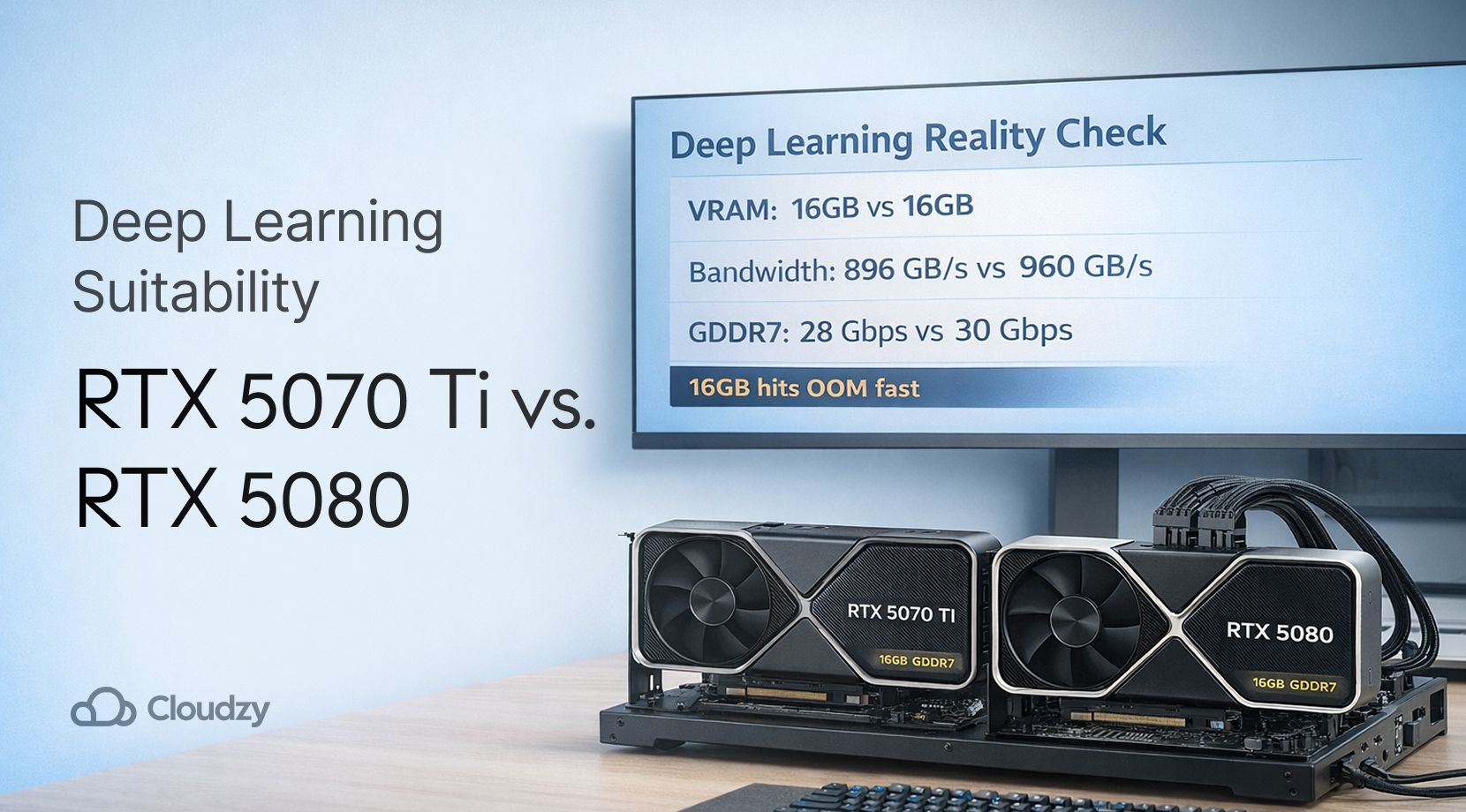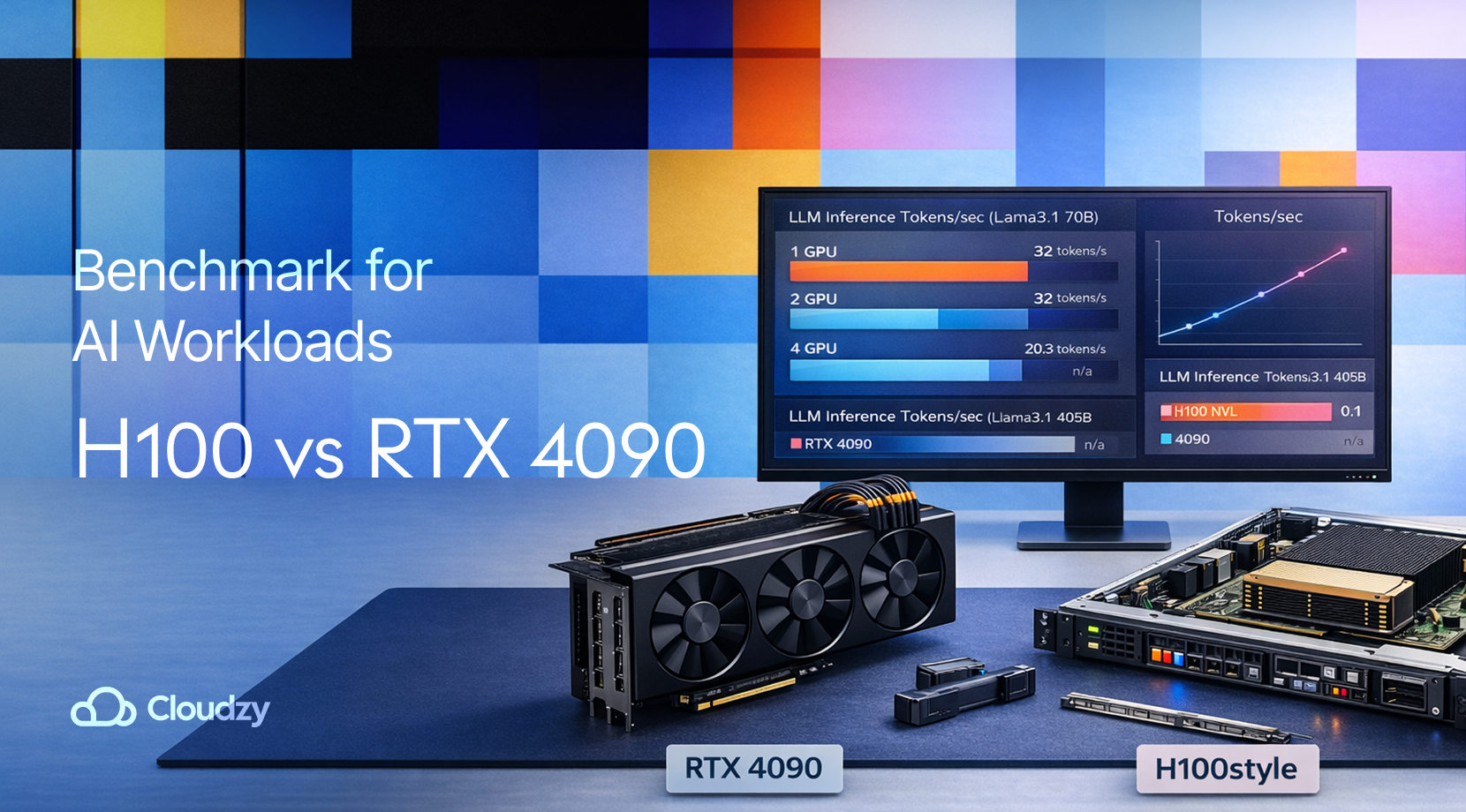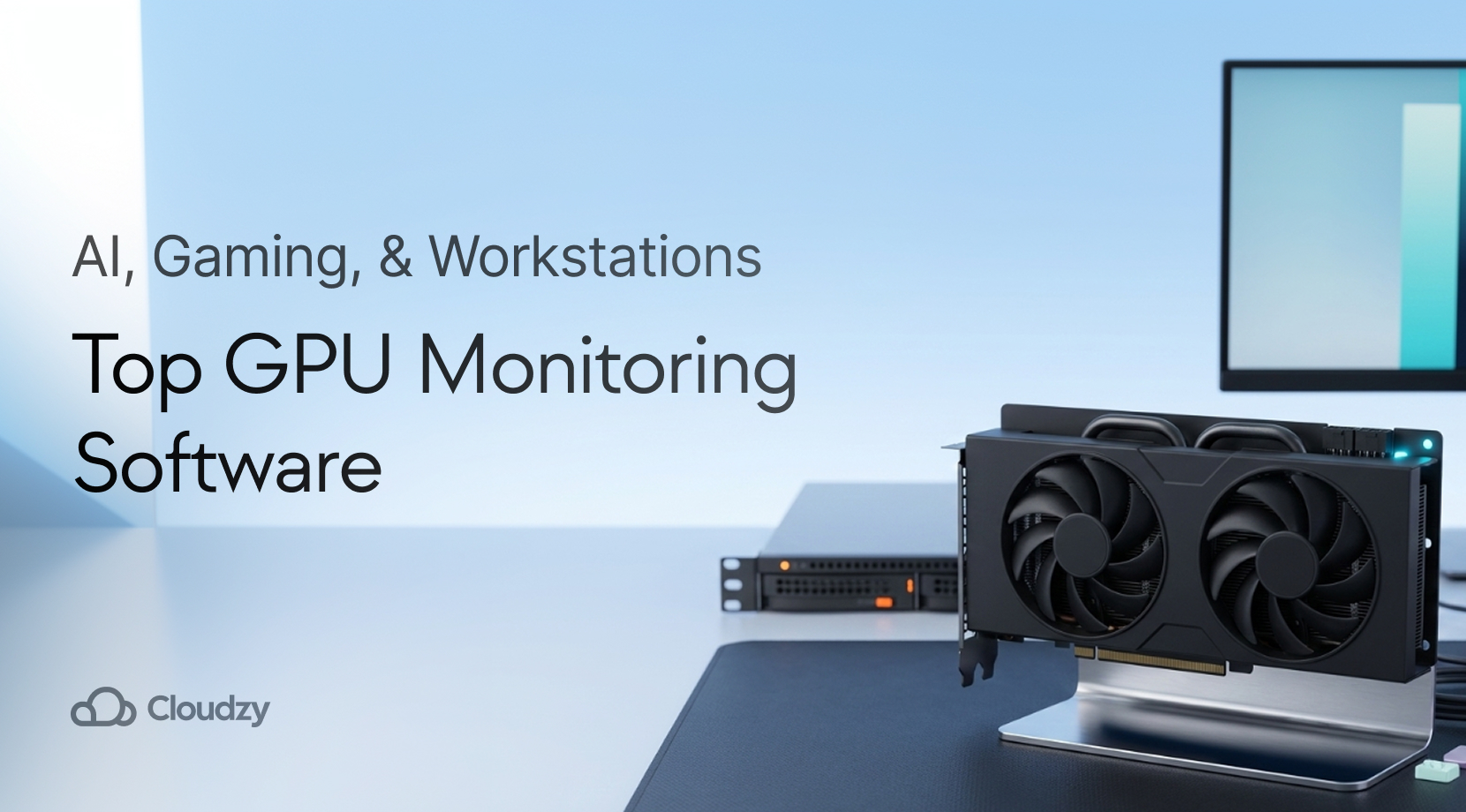Here’s the truth: the best indicator for options trading is implied volatility combined with volume analysis, but only when paired with proper timing. I learned this after blowing through $3,000 using RSI signals that worked perfectly on stocks but failed miserably on weekly options. Options aren’t stocks—they’re volatility bets with expiration dates, requiring different analytical approaches than traditional equity trading.
Quick Answer
- The Implied volatility (IV) rank determines if options are cheap or expensive
- Volume confirms whether moves are real or just algorithmic noise
- Combine both for reliable entry signals vs. less dependable single indicators
- Traditional stock indicators work for direction but ignore time decay
What Makes Options Different from Stocks

| Aspect | Stocks | Options |
| What it is | A piece of ownership in a company | A contract to buy or sell a stock at a certain price before a set date |
| Time limit | No expiration—you can hold it forever | Has an expiration date—loses value over time (called time decay) |
| Price movement | Moves slowly and steadily | Can move very fast—both up and down |
| Daily decay | No time decay—stock holds value over time | Loses value daily, even if the stock doesn’t move (theta) |
| Example gain/loss | Apple stock goes from $150 to $155 → ~3.3% gain | Apple $155 call could gain 200% or lose 80%, depending on timing and volatility |
| Risk level | Lower—can hold during losses and wait for recovery | Higher—can expire worthless if the move doesn’t happen fast enough |
| Volatility sensitivity | Not affected directly by volatility | Highly affected by volatility (vega) |
| Holding losses | Can keep losing positions for months if needed | Must exit fast—big losses can happen quickly or contracts can expire worthless |
| Cost to enter | Usually more expensive (buying whole shares) | Usually cheaper (paying for the option contract, not the full stock) |
| Profit potential | Slower, more stable growth | Can earn much more quickly—but also lose it just as fast |
| Tools needed | Simple indicators (like RSI, moving averages) often work well | Must consider IV (implied volatility), volume, time decay, and timing (shorter indicators) |
| Who it’s for | Great for long-term investors or beginners | Better for experienced or well-prepared traders who understand timing and volatility |
Options decay. Every single day. That $500 call option you bought Monday? It’s worth $450 Tuesday morning just from time passing, even if the stock didn’t move.
Take Apple at $150. If it hits $155, you make 3.3%. But Apple $155 calls expiring Friday might jump 200% or lose 80% depending on when you bought them. The Greeks in options trading—especially theta (time decay) and vega (volatility sensitivity)—create price movements that confuse stock traders.
Stock traders can hold losing positions for months. Options traders get margin calls or watch positions expire worthless. This changes everything about indicator selection.
Why Most Indicators Fail in Options

Stock indicators assume unlimited time. Options have expiration dates.
I’ve watched traders nail the direction perfectly—buying Tesla calls before a 15% earnings spike—only to lose money because they bought the day before earnings when implied volatility was sky-high. When volatility crushed hit post-earnings, their calls lost 40% despite Tesla surging.
Technical signals for call/put strategies must factor in time remaining. A bullish RSI divergence means nothing if your calls expire Friday and it’s already Wednesday.
The Only Indicators That Actually Work

These three indicators consistently outperform traditional stock analysis tools for options trading. Each serves a specific purpose in your decision-making process, from premium evaluation to entry timing.
Implied Volatility Rank (Your Primary Weapon) IV rank compares current volatility to the past year’s range. Above 75% means options are expensive—sell them. Below 25% means they’re cheap—buy them. This simple rule would’ve saved me thousands.
Volume (Your Confirmation Tool)
Unusual volume separates real moves from fake-outs. When Tesla options volume hits 300% of normal, something’s happening. When it’s dead quiet, even strong price moves often reverse.
RSI (Modified for Options) Forget 14-day RSI. Use 5-day periods for options expiring within a month. Above 80 suggests calls are overheated; below 20 indicates oversold puts. The shorter timeframe matches options’ accelerated pace.
| Indicator | When to Use | Best For | Best Timeframe |
| IV Rank | Always check first | Premium evaluation | Daily |
| Volume | Confirm entries | Entry confirmation | Intraday |
| RSI (5-day) | Fine-tune timing | Timing entries | 1-hour charts |
Volatility vs. Price: Which Matters More?

Price indicators tell you where stocks might go. Volatility indicators tell you how much options will cost when they get there.
During March 2020’s crash, every price indicator screamed “oversold.” RSI hit 20, MACD showed bullish divergence, Bollinger Bands stretched to extremes. Smart money ignored them all and focused on the VIX above 80—options were trading at historic premiums.
Buying puts with 200% implied volatility, even on a crashing market, was financial suicide. The few traders who made millions focused on volatility mean reversion, not price levels.
Here’s what I wish someone told me earlier: in options, volatility drives everything. Price just determines which strikes print money.
Building Your Three-Signal System

Never trust single indicators. I use this exact system:
Entry Requirements (All Three Must Align):
- IV rank below 30% for buying, above 70% for selling
- Volume exceeding 150% of 10-day average
- 5-day RSI confirming direction (below 25 for calls, above 75 for puts)
This systematic approach mirrors what professional trading firms use. The best trading indicators always work better together than alone. Even automated futures trading strategies require multiple confirmations—options are no different.
Advanced traders often adapt futures trading strategies for options markets, using similar risk management principles with position sizing and systematic entries.
Exit Rules:
- Close at 50% profit (greed kills in options)
- Stop-loss at 25% (options move fast both ways)
- Exit one day before earnings (unless you love volatility roulette)
Real Example: Three-Signal System in Action
Here’s exactly how I used this system trading Apple calls in January 2024:
Setup: Apple trading at $185, quarterly earnings in two weeks.
Signal Check:
- IV rank: 28% (cheap options ✓)
- Volume: AAPL options hitting 240% of 20-day average ✓
- 5-day RSI: 22 (oversold, perfect for calls ✓)
Entry: Bought $190 calls expiring in 4 weeks for $2.80 each. Position size: $1,400 (2% of $70k account).
Management: Set stop-loss at $2.10 (25% rule). Planned exit at $4.20 (50% gain target).
Result: Apple jumped to $192 within three days. Calls hit $4.50. Sold at $4.20 for exactly 50% profit—$1,400 became $2,100.
Why it worked: All three signals aligned, giving high probability setup. The systematic approach removed emotion from both entry and exit decisions.
What if it failed: Stop-loss would’ve triggered at $350 loss maximum—manageable risk for account size.
This methodical approach beats gambling on single indicators every time.
Execution Speed: Why Your Internet Matters
Options move 5-10x faster than stocks. Missing a fill by 30 seconds can turn a winner into a loser.
I learned this trading Apple earnings calls. Perfect setup, great timing, but my platform froze during the market open rush. By the time my order filled, the premium had jumped 40%. What should’ve been a 100% winner became a 20% gain.
Professional day traders use Forex VPS or Tether VPS hosting to eliminate connection issues. The best intraday strategy means nothing if your platform crashes during high-volume periods. Consider it part of your trading infrastructure.
Common Mistakes That Cost Money
These four errors destroy more options trading accounts than any market crash. I’ve made every single one of these mistakes, and they’re completely avoidable with proper preparation.
Using Stock Timeframes: Options need faster charts—5-minute for day trades, hourly for swing trades.
Ignoring Expiration: Never buy options with less than 30 days unless you’re scalping.
Fighting High IV: Buying expensive options feels exciting but usually ends badly.
Perfect Timing Obsession: Good enough beats perfect in options. Time decay doesn’t wait.
The Bottom Line
The best indicator for options trading combines implied volatility rank with volume analysis. Start there, add RSI for timing, then refine your system through practice.
Most importantly, respect the time decay. Options aren’t stocks you can hold forever. Every day costs you money, so make your moves count.
The indicators work, but only if your execution is flawless. Consider upgrading your trading setup—milliseconds matter when premiums move this fast.



